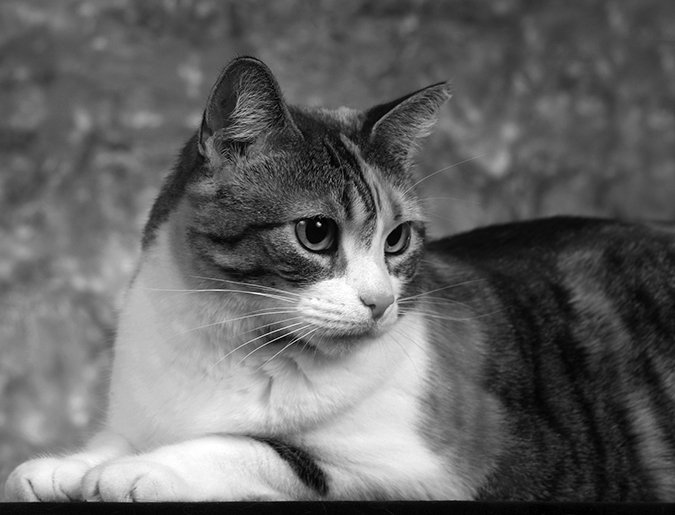Q: My cat has recently been diagnosed with pancreatitis. The veterinarian explained to me that it can be difficult to diagnose, but he feels confident that this is the correct diagnosis and has started treatment. My kitty is still not eating well, and I’m wondering if it is possible that something else is going on.

A: I am very sorry to hear about your kitty’s problems, and this uncertainty is understandable given the often nebulous signs and lack of easily obtained, definitive diagnostic tests for feline pancreatitis. Perhaps a brief description of this disease would be helpful.
Pancreatitis refers to inflammation of the pancreas, a complex organ that performs a number of crucial functions. One major function of the pancreas is what is referred to as its endocrine function. Endocrine functions refer to the secretion of compounds directly into the blood stream. The primary example of the endocrine function of the pancreas involves the regulation of blood glucose. The pancreas secretes both insulin, which decreases blood glucose, and glucagon, which increases blood glucose. Working together, these hormones are vital for the maintenance of normal blood glucose concentrations.
A major exocrine function of the pancreas is the secretion of pancreatic enzymes that assist in the digestion of a variety of nutrients. These enzymes are delivered via the pancreatic duct to the intestine, where they mix with food and promote the breakdown of food into particles small enough to be absorbed by the intestinal tract.
Pancreatitis refers to inflammation of the part of the pancreas that is responsible for its exocrine function. The cause of pancreatitis is the subject of some debate, but proposed causes include obstruction of the pancreatic duct by either stones or thickened secretions within the duct or by structures outside of it, bacterial infection secondary to invasion of the pancreatic duct by intestinal bacteria, and interruption of normal blood flow to the pancreas. Pancreatitis can be either acute, occurring suddenly, or chronic. There is some debate regarding the significance of low level inflammation of the pancreas in cats, as many ostensibly normal cats demonstrate this.
Cats with pancreatitis often show very vague signs such as inappetance, lethargy, and salivation, and it is not as common for them to show overt signs such as vomiting, diarrhea, and signs of abdominal pain, as it is in dogs with this disease. This lack of definitive clinical signs is one reason that pancreatitis can be difficult to diagnose in cats.
A number of non-specific findings can be identified in the routine blood work of cats with pancreatitis, and abdominal ultrasound can be used to image the pancreas, but neither routine blood work nor ultrasound is a very accurate means of diagnosis. Recently, two tests that measure the amount of pancreatic enzymes present in a cat’s blood — feline trypsin-like immunoreactivity (fTLI) and feline pancreatic lipase immunoreactivity (fPLI) — have shown promise as fairly good diagnostic tests for feline pancreatitis, but neither of these tests is considered 100 percent accurate. Studies investigating the usefulness and validation of these tests are ongoing.
A definitive diagnosis of pancreatitis requires biopsy of the pancreas, which requires general anesthesia. For this reason, biopsy is not commonly performed, and a clinician will make the diagnosis based upon a constellation of clinical signs and the results of blood work and imaging studies.
The treatment of pancreatitis involves stabilization with fluid therapy, normalization of electrolyte abnormalities, prevention of nausea, pain and gastric ulcers, and assurance of food intake. The latter is important, as cats who don’t eat are susceptible to a number of potentially dangerous metabolic conditions. In some cases, cats must be fed through a feeding tube.
I suggest that you work very closely with your cat’s veterinarian to assure the best possibility for a return to good health for your baby.



